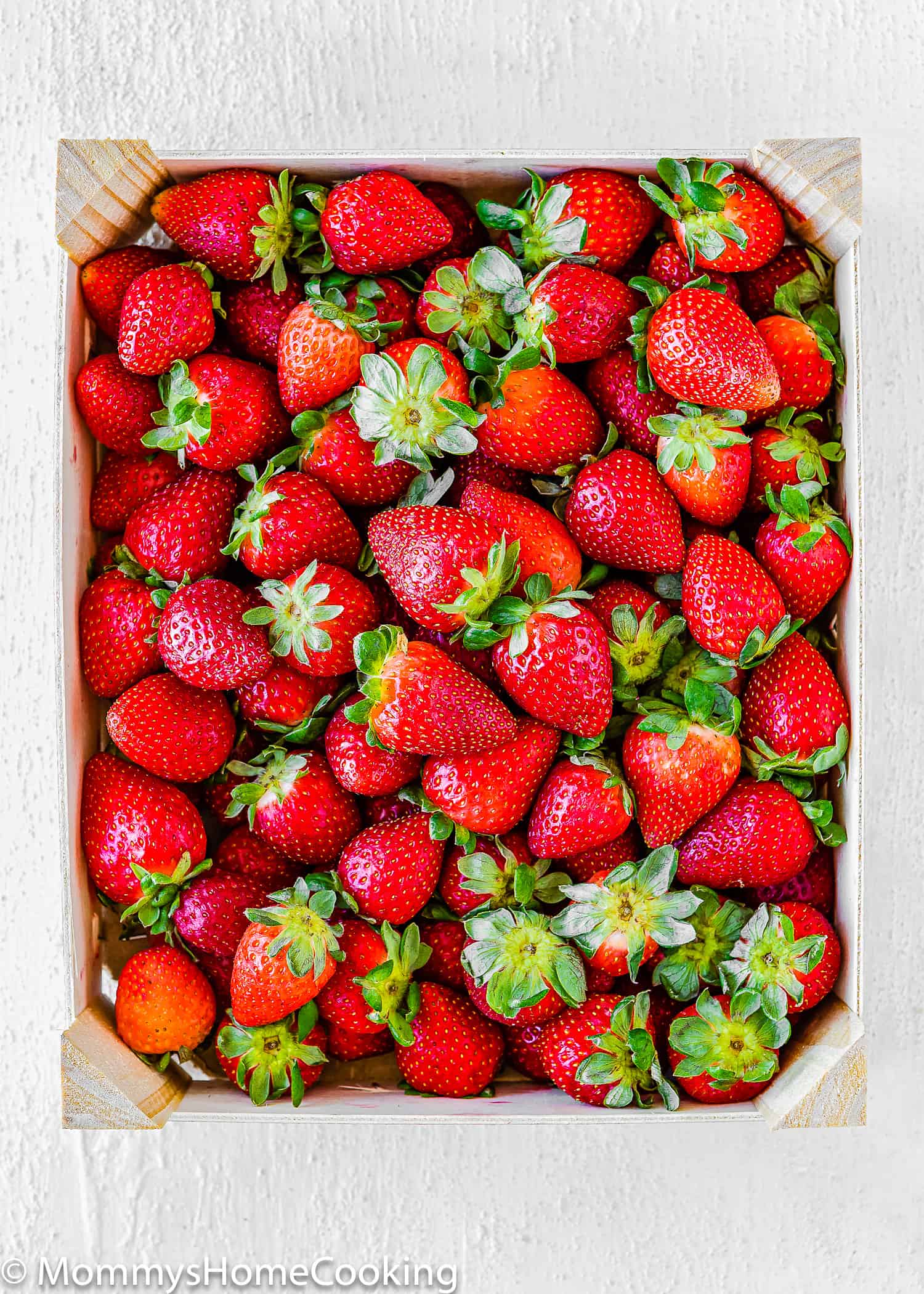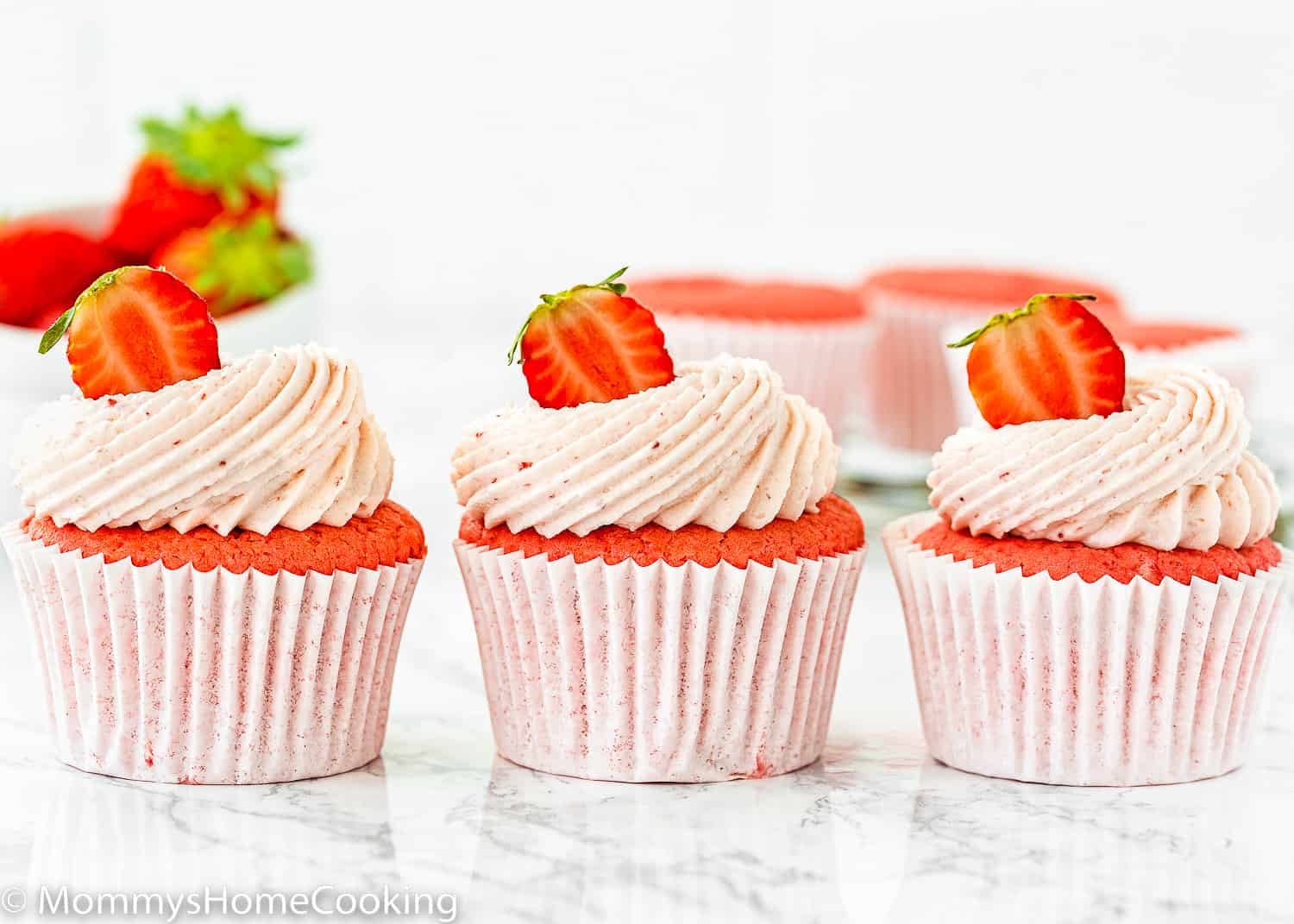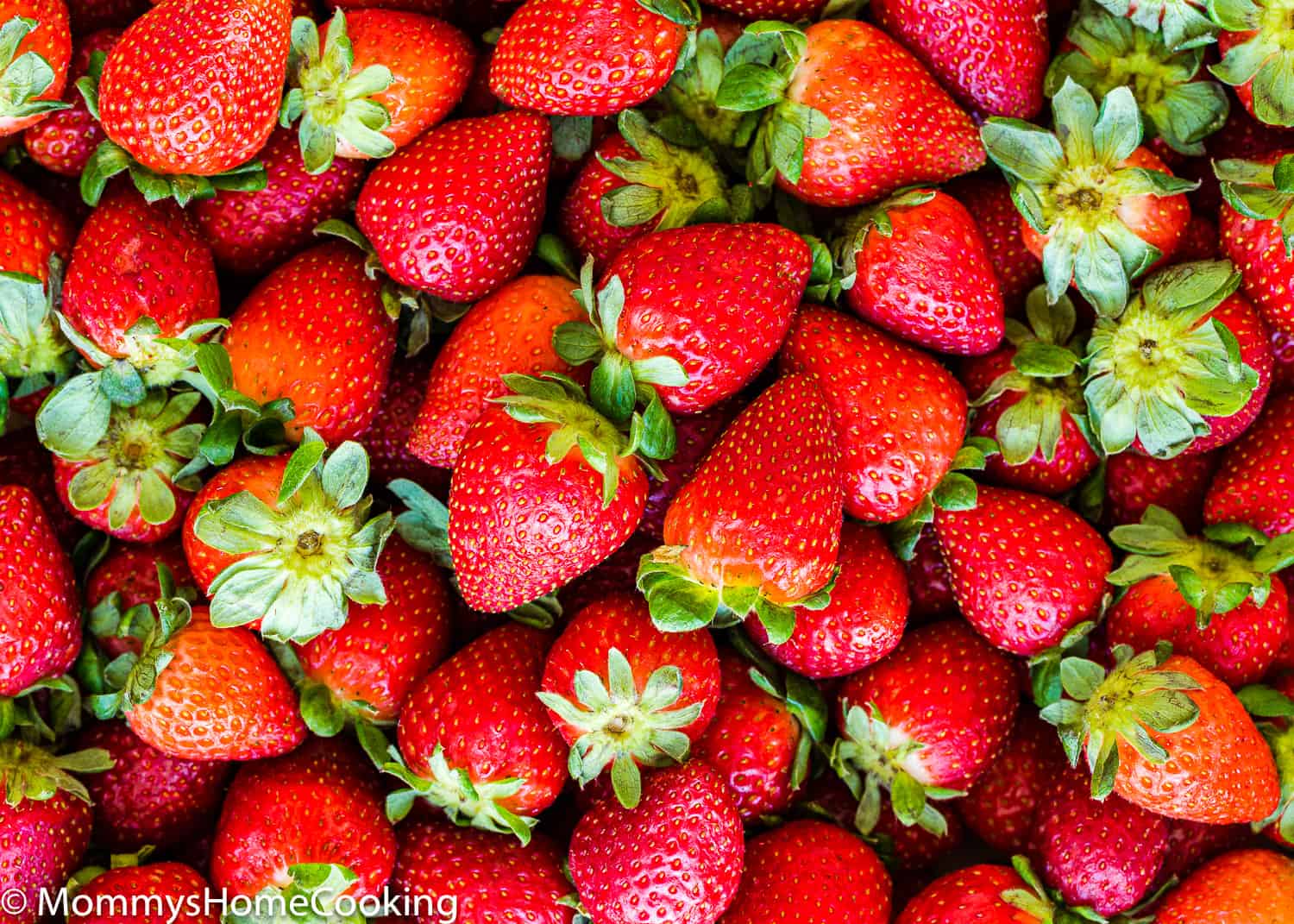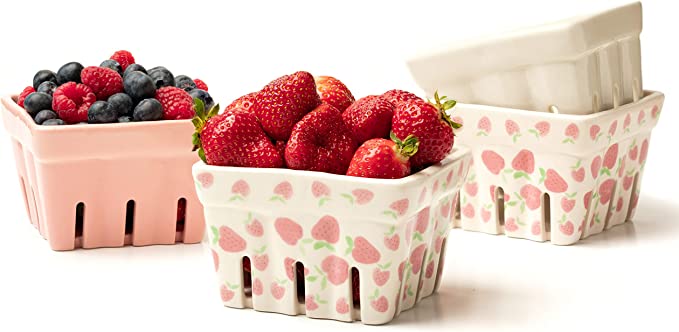Get The Most Of Your Fresh Strawberries!
Fresh strawberries are a delicious and versatile fruit that is enjoyed by many people around the world! They are not only delicious but also packed with nutrients. They are low in calories and high in vitamin C, antioxidants, fiber, and various minerals. They are a good source of folate, potassium, and manganese. Plus, fresh strawberries are incredibly versatile in the kitchen. They can be enjoyed on their own as a healthy snack, added to salads, used as a topping for desserts like cakes, cheesecakes, pies, and ice cream, or incorporated into smoothies, jams, and sauces. They are also popular in fruit salads and tarts and as a key ingredient in refreshing beverages like strawberry lemonade.
7 Tips to Pick the Best Fresh Strawberries!
When picking strawberries, it’s important to choose ripe, juicy berries that are ready to be eaten. Here are some steps to help you pick strawberries:
1 – Look for a bright red color
Ripe strawberries are typically a vibrant, deep red color. Avoid strawberries that are pale or have green or white patches, as they may not be fully ripe.
2 – Check for firmness
Gently press the strawberry with your fingertips. It should feel firm but not too hard. Avoid strawberries that are overly soft or mushy, as they may be overripe or starting to spoil.
3 – Examine the green cap
The green cap, or calyx, should be fresh and green. It’s the leafy part at the top of the strawberry. If the cap looks brown or dry, it may be an indication that the strawberry is not fresh.
4 – Smell the strawberries
Ripe strawberries have a sweet, fragrant aroma. Take a whiff near the stem end of the strawberry to check for a pleasant, fruity smell. If there is no aroma or if it smells sour or off, it might not be fully ripe or might be past its prime.
5 – Consider size and shape
While the size and shape of strawberries can vary, it’s generally a personal preference. Some people prefer larger strawberries, while others prefer smaller ones. Choose strawberries that meet your preference.
6 – Avoid bruised or damaged berries
Check the strawberries for any signs of bruising, mold, or other damage. Bruised or damaged berries are more likely to spoil quickly and may not taste as good.
7 – Pick the strawberries gently
When picking strawberries, handle them with care to avoid bruising or crushing the fruit. Hold the strawberry near the stem and twist gently to detach it from the plant. If the stem remains attached to the plant, use a pair of scissors or a sharp knife to cut it rather than pulling or tugging on the strawberry.
How to Store Fresh Strawberries
Remember, strawberries are delicate fruits, so it’s best to consume them as soon as possible after picking them to enjoy them at their freshest and most flavorful state. If you’re not planning to eat them right away, store them in the refrigerator to help maintain their freshness. Storing fresh strawberries unwashed in the fridge is recommended to keep them at their best. Washing them before storage can cause them to become mushy and spoil faster. Remove any bruised or moldy berries before refrigerating, as they can affect the quality of the other strawberries. PRO TIP: Placing a layer of paper towels or moisture-absorbing liners at the bottom of the container can help absorb excess moisture and keep the berries dry. This can help prevent mold growth and extend the shelf life of the berries.
Best Containers To Store Berries
Storing fresh strawberries unwashed in the refrigerator is recommended to keep them at their best. Washing them before storage can cause them to become mushy and spoil faster. Remove any bruised or moldy berries before refrigerating, as they can affect the quality of the other strawberries. Consuming strawberries within a few days of purchase is best for optimal flavor and texture.
Freezing Strawberries
Freezing fresh strawberries is a great way to preserve them for later use in smoothies, baked goods, or as a topping for yogurt or desserts. Here’s a simple guide on how to freeze fresh strawberries:
Clean and Remove Stems: Start by gently rinsing the strawberries under cool running water to remove any dirt or debris. Pat them dry with a clean kitchen towel. Remove the green stems or caps by either twisting them off or cutting them with a small knife. Choose if you want whole, chopped, or sliced frozen strawberries: You can use a few different methods to freeze strawberries. Choose the one that suits your needs. Hard Freeze: Place the whole, sliced, or chopped strawberries in a single layer on a baking sheet lined with parchment paper, ensuring they are not touching. Freeze the baking sheet until the strawberries are solid. Transfer the frozen strawberries to a freezer-safe bag or airtight container, remove as much air as you can to avoid freezer burn, and label the container with the date. Store them in the freezer for several months.
My Favorite Ways To Use Fresh Strawberries
Eggless Strawberry Lemonade Cake Easy Eggless Strawberry Cupcakes Homemade Eggless Strawberry Bundt Cake Best No-Bake Strawberry Cheesecake Eggless Strawberry Banana Bread Easy Strawberry Topping Sauce Recipe How to Make Strawberry Puree Your Guide to a Lifelong Relationship with Your Cast Iron Pan Browse more recipes…



